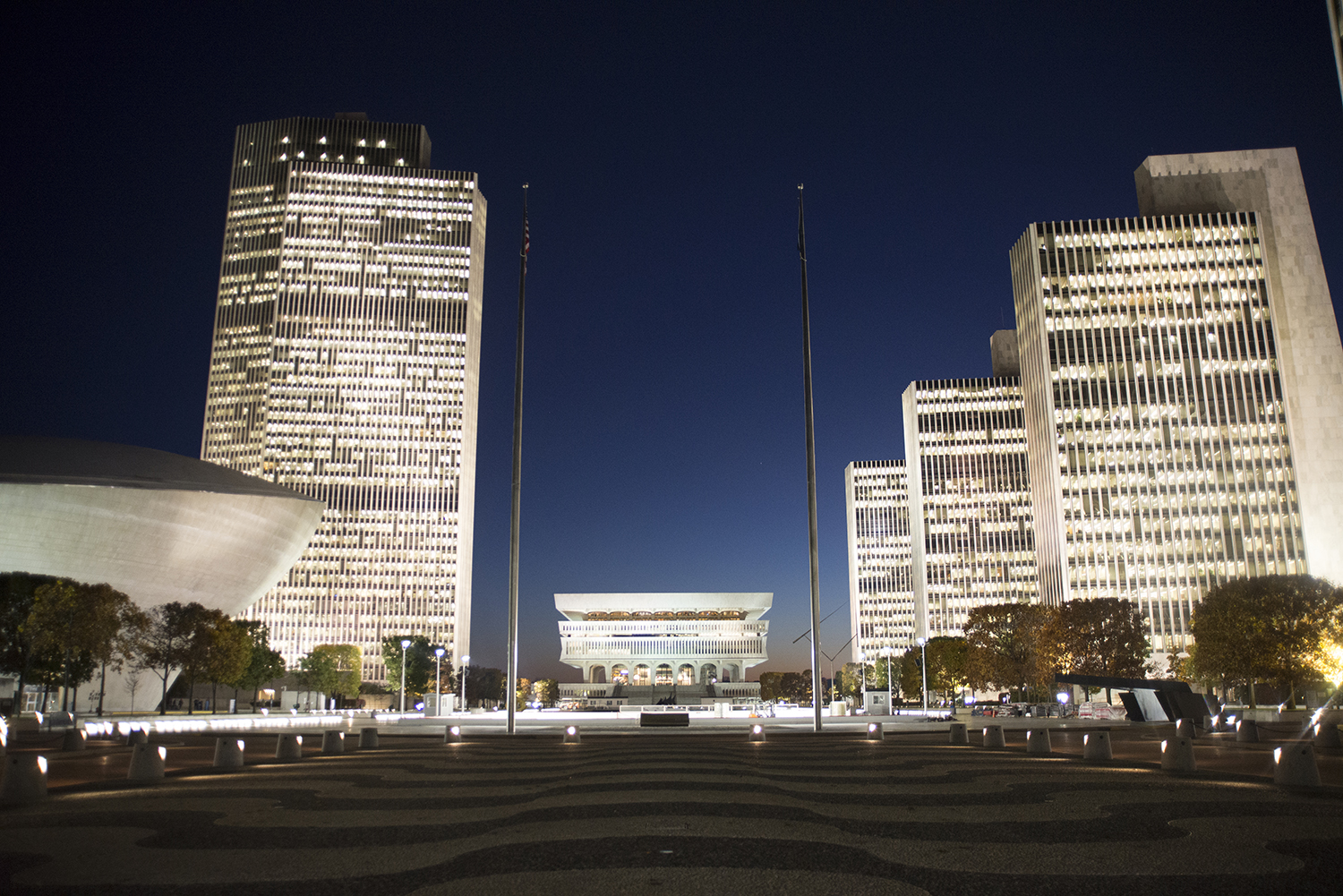We usually assume that predictions of a short-term nature are better than longer-term forecasts. But in the crystal ball focused on the New York State budget, the opposite is true: While it’s impossible to see what tomorrow holds, we have a pretty good idea what the coming years look like.
Less than one month before a new budget is due on April 1, no one knows when serious negotiations will begin, let alone what the outcome will be. What will happen to school aid, property tax relief, the state parks and the soda tax? Will final action be closer to April 1 or July 1 — or will there be no budget at all this coming year? We can’t tell.
Whatever the next few weeks bring, the picture for 2011 and beyond is frighteningly clear. Current laws and formulas for education, Medicaid, employee benefits, and other expenditures and revenues will produce a $14.3 billion gap in 2011-2012, according to the state Budget Division. That’s nearly twice the size of the gap that led Governor David Paterson to propose cutting school aid, closing parks, eliminating state jobs and raising taxes by $1 billion in the 2010-2011 budget. Things get even worse the following year, when current trends drive an $18.3 billion gap.
The state Legislature is under heavy public and political pressure to restore funding reductions and refuse tax increases proposed by the governor. Conventional wisdom would predict that the Senate and Assembly will reject a good number of those budget-balancing measures. If they do, how can the governor and lawmakers who are elected this November solve budget gaps of twice this year’s size, and more, starting less than a year from now? No one knows.
The potential solutions are all bad — midyear cuts to schools and health care, more reductions for hard-pressed nonprofit services, further delays in bridge and highway maintenance, more debt imposed on our children, and large tax increases for both working people and businesses.
New York has a longstanding habit of spending more than its economy and revenue structure will support, so taxpayers are used to hearing the state budget is in bad shape. But the trouble looming now is worse than any in recent history. One unfortunate result of the political challenges confronting Governor Paterson is his diminishing ability to educate New Yorkers as to that difficult reality.
Meanwhile, the obstacles to tackling our problems — as Governor Hugh L. Carey did in the mid-1970s — have become more daunting than ever. Thirty-five years ago, Governor Carey brought both New York City and the state back from the brink of financial disaster by imposing a sense of discipline and enforcing budgetary balance. Although that required tough choices, it paid off in restoration of long-term financial security for vital services, and relief for taxpayers at the same time.
Today, the number and political power of interest groups at the Capitol make tough but necessary choices almost impossible, even for a governor with lots of political capital. The wild card is this: Can a convulsion awaken the body politic to a new way forward? That’s what happened back in the Carey days. It’s a history worth recalling as the present uncertainty is resolved.
A version of this commentary also appeared first in the Times Union of Albany, N.Y.

